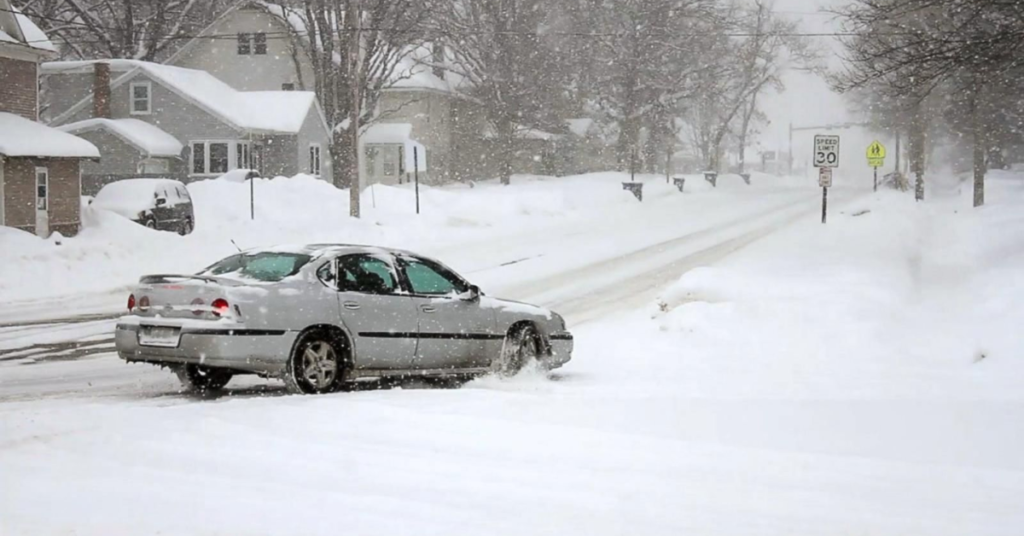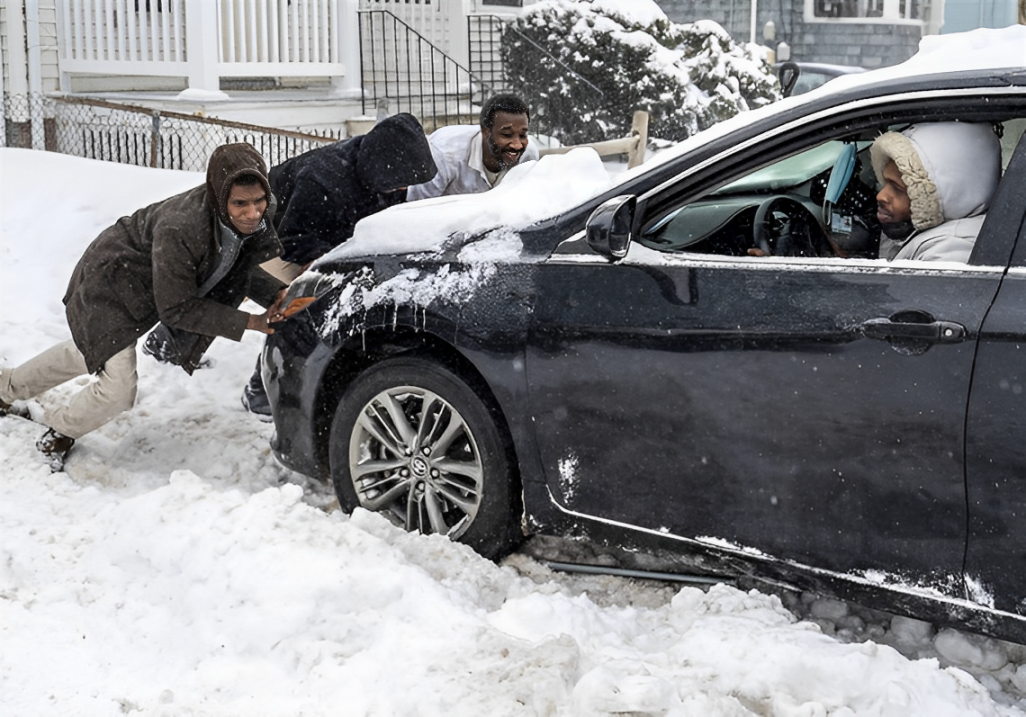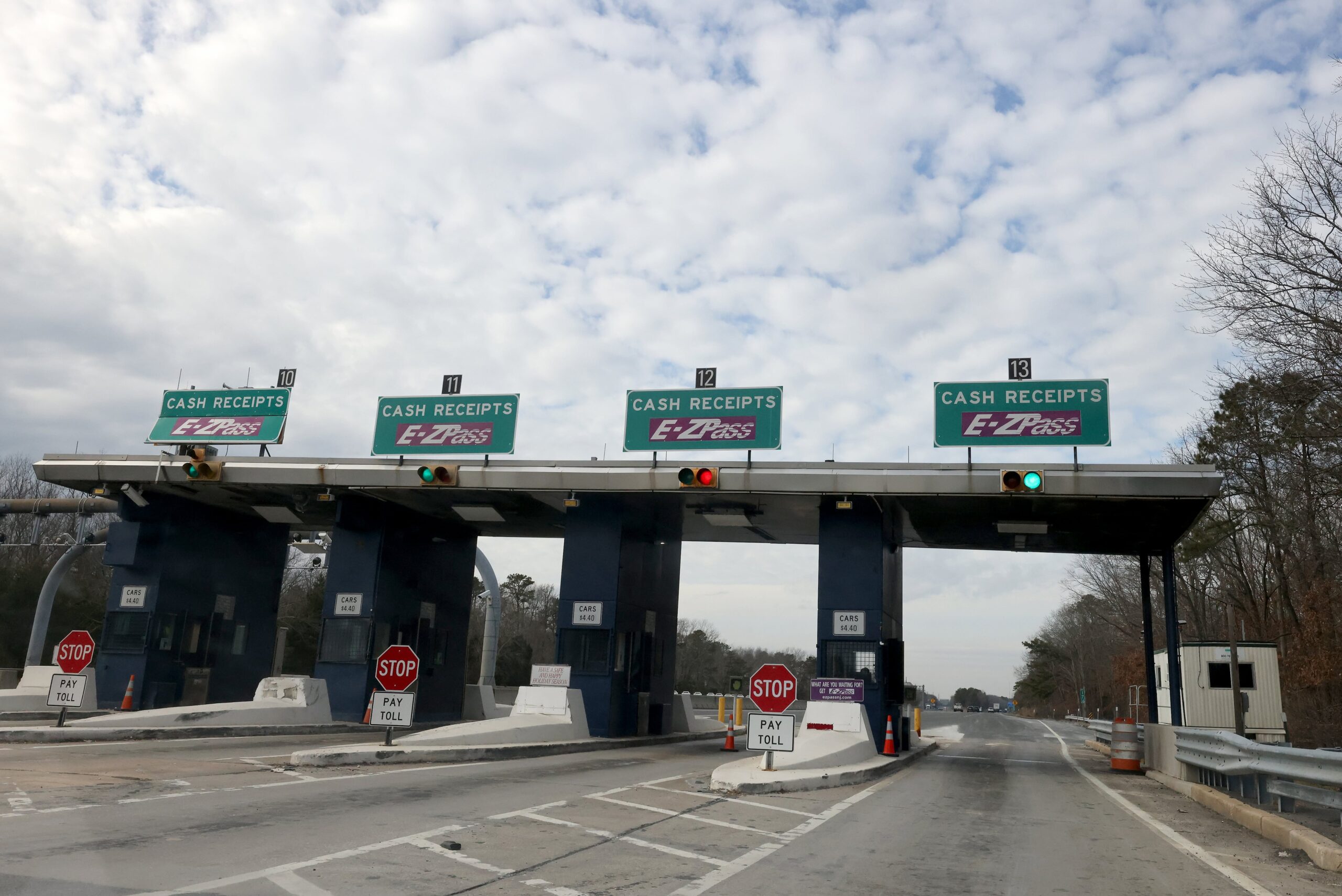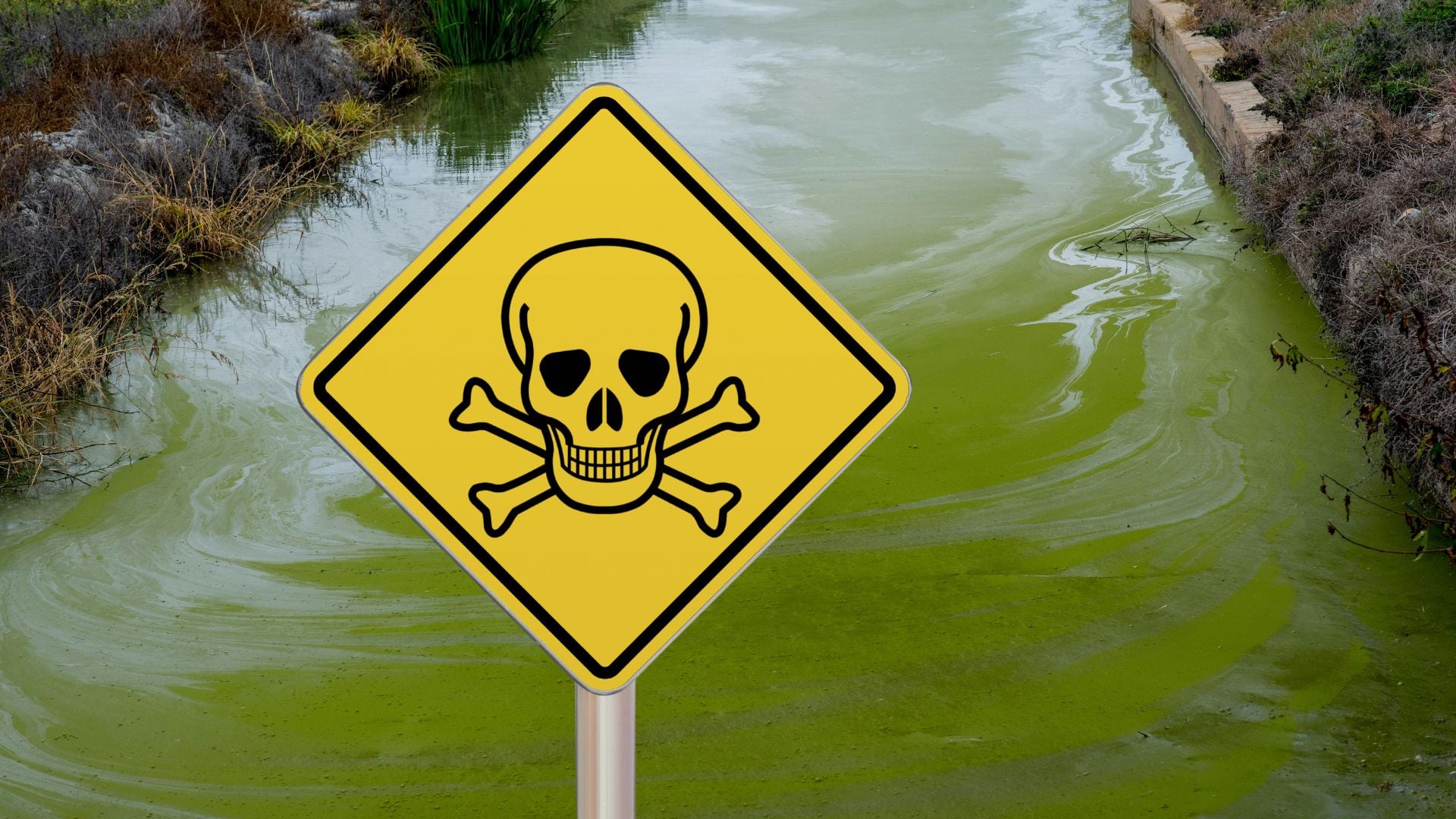Harsh winter weather is making its way westward, bringing extreme cold and dangerous conditions across the United States. A powerful polar vortex is expected to grip the Rockies and the northern Plains after severe winter storms battered the eastern U.S. over the weekend. The storm system has already claimed at least 10 lives, including nine in Kentucky, where relentless heavy rain led to catastrophic flooding.
Extreme Cold Threatens Several States
The National Weather Service (NWS) has issued dire warnings about a “life-threatening cold” that will persist into Tuesday. In northeastern Montana, temperatures are forecasted to plummet to 45 degrees below zero (-42.7°C), with wind chills reaching an unbearable 60 below (-51°C).
Most of North Dakota is bracing for wind chills as low as minus 50 degrees (-45.6°C), and the state remains under an “extreme cold warning.” South Dakota and Minnesota are also on high alert for dangerously frigid conditions.
Meteorologists report that this will be the 10th and coldest polar vortex event of the season. The Arctic air mass, which typically stays near the North Pole, is being pushed south into the U.S. and parts of Europe, causing widespread disruptions and safety concerns.
Flooding Devastates Kentucky and Surrounding Areas
Kentucky has been one of the hardest-hit states, with devastating floods leaving at least nine people dead. Gov. Andy Beshear confirmed on Sunday that at least 1,000 people had to be rescued after being stranded by rising waters.
In response to the crisis, President Donald Trump approved a disaster declaration for Kentucky, enabling the Federal Emergency Management Agency (FEMA) to assist with relief efforts. The situation remains critical as floodwaters continue to submerge vehicles and buildings, and mudslides block roads in parts of Virginia.
Atlanta also experienced deadly consequences from the storm, where a falling tree crushed a home early Sunday morning, killing one person. This raised the total storm-related death toll to 10.
Tennessee and Kentucky saw heavy downpours, with some areas receiving up to six inches (15 cm) of rain, according to Bob Oravec, a senior forecaster with the National Weather Service. West Virginia also declared a state of emergency in 13 southern counties, where some regions remain inaccessible due to floodwaters.
Snowstorms and Ice Cause Chaos in the Midwest and Northeast
Treacherous road conditions have made travel across the Midwest and Northeast incredibly dangerous. Michigan was placed under a winter weather advisory until Monday afternoon, with authorities reporting 114 vehicle crashes in the Detroit area alone. Fortunately, most incidents involved minor damages without serious injuries.
Colorado has also seen tragic consequences from the storm, with authorities reporting eight fatalities from vehicle crashes since Valentine’s Day. Drivers are being urged to exercise extreme caution as icy roads continue to pose serious threats.

State troopers in Colorado faced their dangers on Sunday when three state patrol cruisers were struck by out-of-control vehicles while parked on the roadside. Fortunately, in each incident, the troopers were outside their vehicles and escaped injury.
Avalanche warnings have been issued across the Rocky Mountains, affecting areas from Colorado to Washington state. Utah is experiencing the highest risk levels, as heavy snow accumulation increases the threat of deadly snow slides.
Detroit Faces Major Flooding After Water Main Break
In addition to the ongoing weather crises, Detroit is dealing with severe flooding caused by a massive water main break. A nearly century-old 54-inch (137 cm) transmission main burst early Monday, submerging a southwest Detroit neighbourhood in several feet of water.
The Great Lakes Water Authority has mobilized crews to address the issue, but the cause of the rupture remains unclear. However, freezing temperatures overnight, which dropped well below zero Fahrenheit (-17°C), may have contributed to the break.
Safety Precautions and Warnings
As extreme weather conditions continue to wreak havoc across the country, authorities are urging residents to take precautions:
- Avoid unnecessary travel in affected areas, as roads remain treacherous.
- Dress in layers and limit outdoor exposure to prevent frostbite and hypothermia.
- Stock up on essentials, including food, water, and emergency supplies, in case of power outages or travel restrictions.
- Stay updated with local weather alerts and follow guidance from emergency services.
The polar vortex’s impact is expected to persist for several more days, making it crucial for residents in affected areas to stay vigilant. As emergency responders continue their rescue and recovery efforts, the nation braces for more winter chaos in the days ahead.
Disclaimer: This article has been meticulously fact-checked by our team to ensure accuracy and uphold transparency. We strive to deliver trustworthy and dependable content to our readers.








